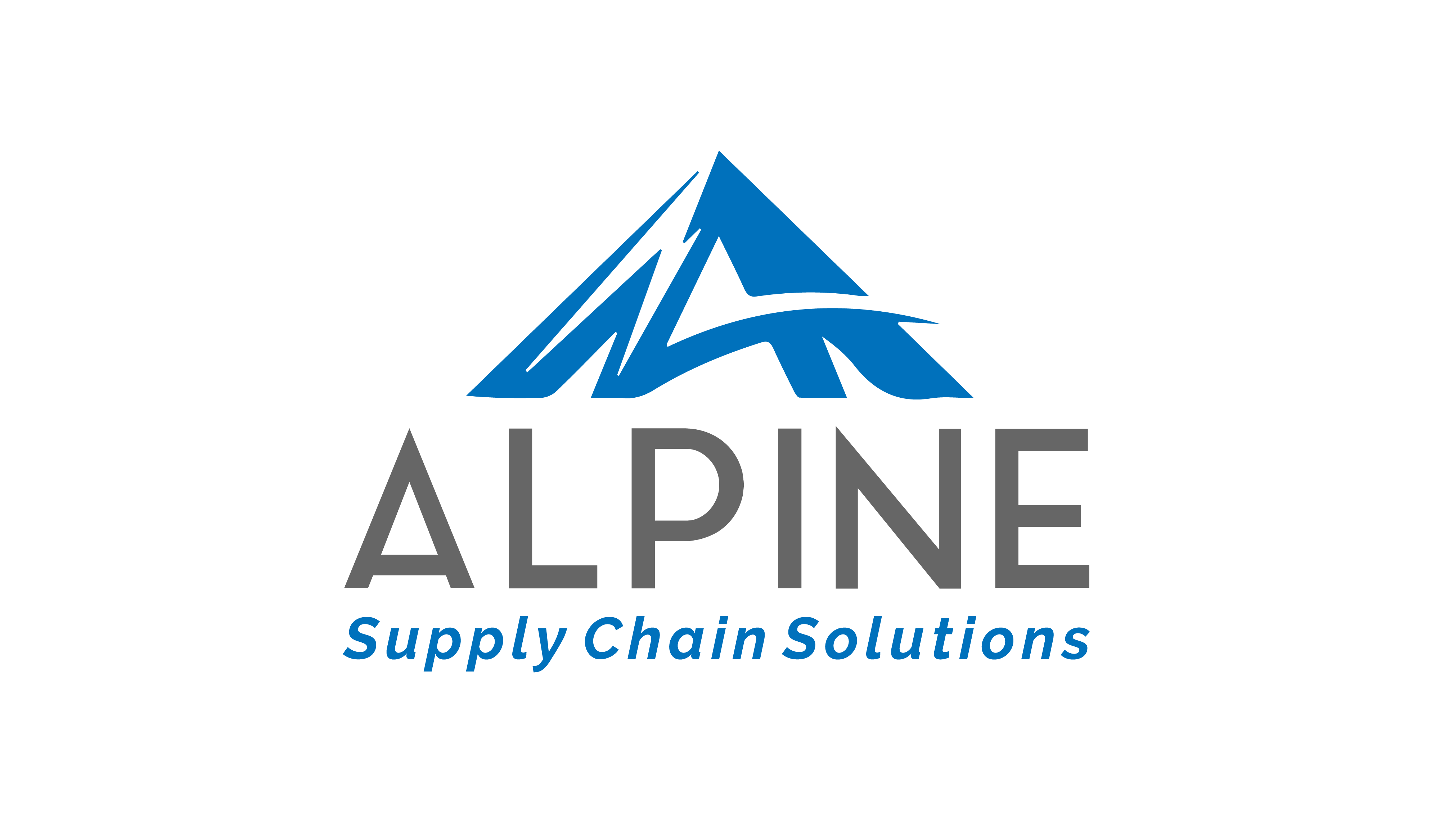WMS providers adapt to pandemic-driven challenges by getting creative with remote implementation and training—and in the process, improve their service capabilities.
Demand for remote technology implementation took off last year, as the pandemic forced companies to limit human interaction in their facilities. For many software vendors, this meant a quick switch to the way they research, develop, and carry out complex projects—especially in the warehouse, where being on site allows a firsthand view of processes, problems, bottlenecks, and other critical issues. For warehouse management system (WMS) providers in particular, developing a distance-based protocol has created a whole new approach to understanding customers’ challenges and developing the right solutions.
“If you’re a software vendor … there’s a benefit to being on site,” explains Don White, CEO of Synergy North America Inc., developer of the cloud-based WMS SnapFulfil. “Translating the end quality of those interactions and bringing them remote [is challenging]. Can the customer be as successful if I’m not in the room? These are questions we had to answer.”
In answering those questions, WMS providers say they have adapted their approach to consulting, training, and delivering new solutions so they can best meet customer needs from a distance—a process some say will have lasting effects on the ways in which they interact with clients.
BUILDING A BETTER PROCESS
SnapFulfil began developing a remote implementation (RI) plan for its WMS well before the pandemic, but interest and adoption have soared since the program’s launch a year ago, White says. The RI program allows onboarding of the WMS from anywhere in the world within a matter of weeks and also provides customized virtual support and training. Essentially, the program is a document that guides managers and staff through the implementation process, offering online training, development, and consulting support along the way. Developing the product required SnapFulfil to rethink its approach to service and retrain its project managers with a focus on curiosity and questioning—especially in the early phases of project development, White reports.
“We worked a lot on our project teams being curious [because] you don’t get the depth of answer if you’re remote,” he explains. “The way we interact today is a lot more Socratic; we ask why business processes are the way they are. This requires the customer to give it a bit more thought, and it’s a different approach for the project manager too.”
Training and education have changed considerably as well. Typically, project leaders will conduct three full days of on-site training, White says, but with the RI program, they provide two- to three-hour sessions over five or six days. In addition to reducing screen time, the process also allows employees to step away from the classroom and handle other aspects of their job that are often difficult or stressful to put aside during a traditional technology implementation.
“We’ve changed our training methodology to give them more flexibility,” White explains, adding that the increased flexibility benefits SnapFulfil as well. “A project team descending on a facility is, by nature, disruptive. [Being remote] allows you to more tightly schedule calls with different resources at the client, so you can be more flexible in how and when you [engage with them].”
White describes SnapFulfil as a highly configurable WMS suited for a wide range of businesses—from the Etsy-based entrepreneur all the way up to large multilocation enterprises. The company’s earliest RI implementations occurred in the first few months of 2020, but the pandemic accelerated the use of that model. White says the shift to RI helped SnapFulfil initiate or continue eight projects in 2020, four of which had gone live by the end of the year.
“We were in process [with the RI program], but the catalyst for speeding it to market was the pandemic,” White says, emphasizing customers’ changing service needs in a remote environment. “Adversity breeds solutions. We had a successful year closing new business. To do that, you have to be good at the service piece.”
TAPPING INTO NEW TECH TOOLS
SnapFulfil is not alone when it comes to facing down such challenges. Managers at Zethcon Corp., which specializes in WMS for third-party logistics service providers (3PLs), say the pandemic necessitated a sharper focus on the tools it uses to communicate with clients during project implementation—a factor that helped smooth projects that were already well underway last spring, according to Lance Jordan, Zethcon’s director of professional service.
“As an organization, we were prepared,” says Jordan, adding that project leaders were scheduled to be on site with a client to implement Zethcon’s Synapse WMS when the pandemic hit last March. “We reset. We had to leverage new tools.”
Zethcon’s first step was to upgrade its internal business platform to a more robust program for video conferencing, document sharing, and so forth. The change helped accommodate broader use of those tools as employees and projects went remote. The company also got creative with existing technology; in lieu of a site visit, clients were asked to take cellphone videos of their facilities as project development began, for example.
“We need to see what the building looks like,” Jordan explains. “In the absence of being there, we relied on video. We typically want to be in the room with our clients—to create that relationship from the beginning. We had to manage all of that on a fully remote basis.”
Zethcon’s training regimen changed as well. Training sessions were chopped into smaller blocks, using multiple trainers instead of a single one as a way to keep clients engaged, Jordan explains.
Zethcon applied these principles to a Synapse implementation for a 3PL last spring, first targeting a pilot facility in Philadelphia and then bringing on a second facility, in Toronto. A local Zethcon representative was eventually able to visit the Philadelphia site, but due to ongoing travel restrictions, the WMS provider had not set foot in the Canadian facility as of this January. Both facilities were live with the WMS by the end of 2020, and Zethcon was set to begin deploying robotics at the Philadelphia site this year. Jordan says the company will begin a project at a third facility for the same 3PL on the West Coast this spring.
“There was no slowing down for sure; we just had to get creative with our communication, our reporting, and how we manage things,” Jordan says of the project. “I think in the end, when the dust settles in late February and early March, [this client] will have gotten about a million square feet, possibly, on the system within 12 months.”
Michael Wohlwend, managing principal of systems integrator Alpine Supply Chain Solutions, agrees there is no slowdown in sight, noting that demand for WMS software is up and will continue to rise in 2021. He also agrees that remote implementation strategies make that work harder and place a greater emphasis on vendors’ and integrators’ creativity in delivering service.
In lieu of site visits, Alpine, too, utilized virtual tours as a way to “really understand how the operation works to help with the design process,” Wohlwend reports. He adds that the company will continue to utilize those strategies as needed, especially as demand for technology grows.
“We just finished our sixth [WMS] selection, and now we’re strategizing on our eighth implementation in the last year,” he says, emphasizing a strong outlook for enterprise solutions. “Demand is way up.”


